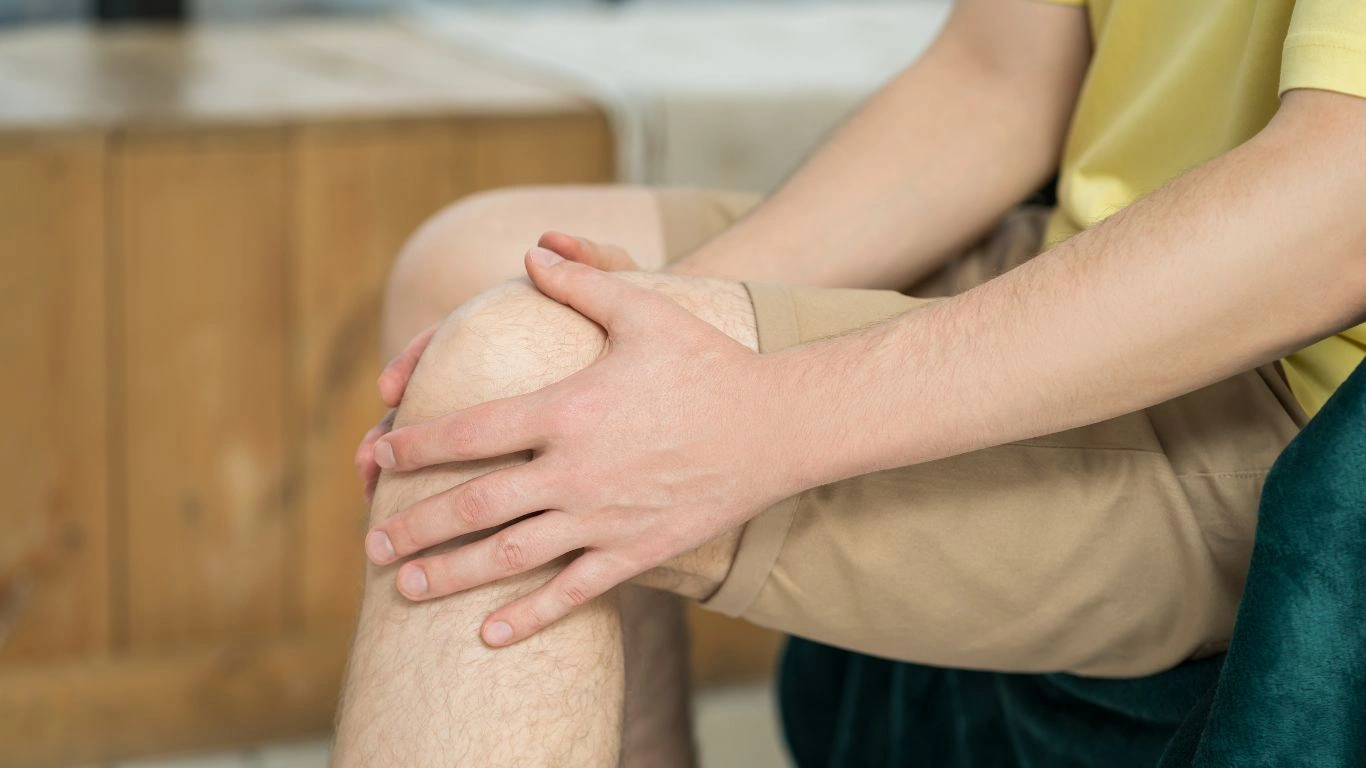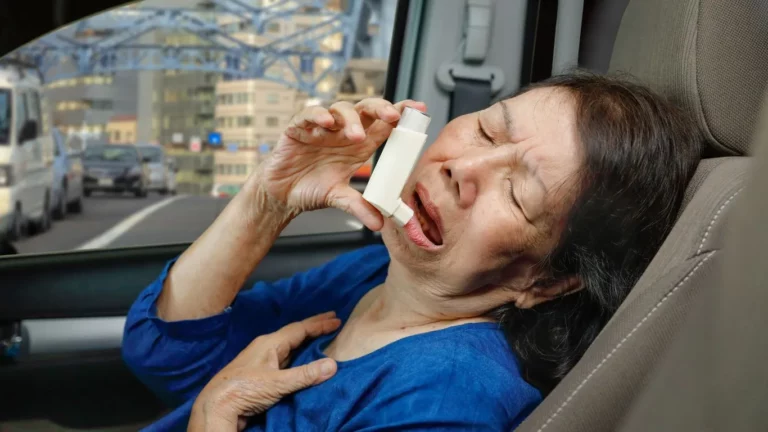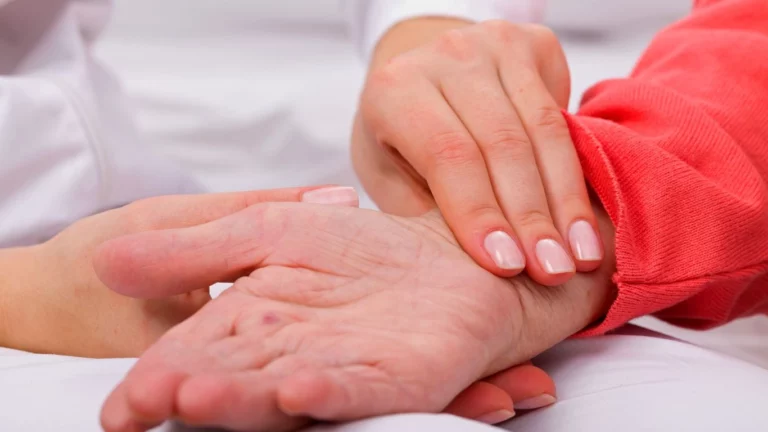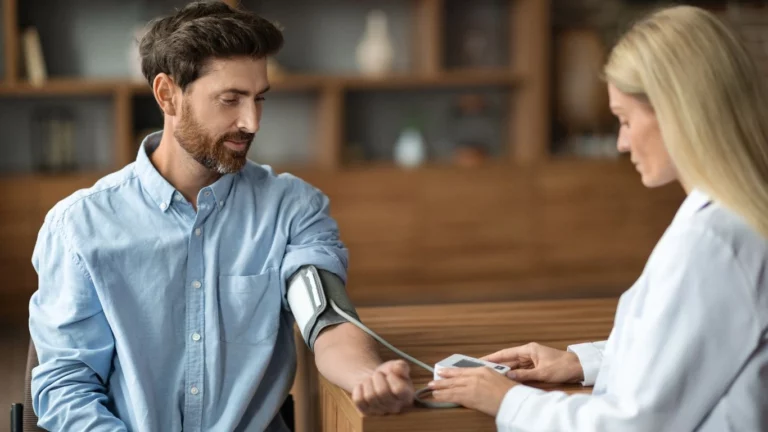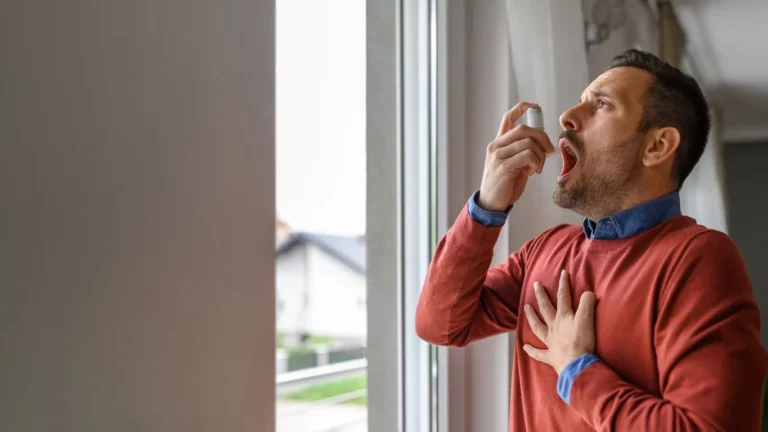Early signs of rheumatoid arthritis in feet you shouldn’t ignore
Rheumatoid arthritis (RA) is a long-term condition that affects your joints. It can cause pain, stiffness, and swelling, especially in the hands and feet. Spotting the early signs of RA in your feet is important because early treatment can slow the disease down and improve your quality of life. Understanding what to look for helps you take action sooner and avoid serious joint damage.
Understanding Rheumatoid Arthritis in the Feet
Your feet have 26 bones, over 30 joints, and many small muscles, tendons, and ligaments. These parts work together to support your body weight, keep you balanced, and help you move. In RA, the body’s immune system mistakenly attacks the lining of the joints, causing inflammation and damage.
When this happens in the feet, the small joints—especially those in the toes and the ball of the foot—can become swollen, stiff, and painful. Over time, if RA isn’t treated, it can change the shape of your feet and make walking more difficult.
Because your feet carry you every day, even small joint changes can have a big impact. That’s why recognizing the early signs is so important.
How Rheumatoid Arthritis Affects the Feet
RA affects the synovium, a thin layer of tissue that lines your joints. In healthy joints, the synovium helps produce fluid that keeps the joint moving smoothly. But in RA, the immune system causes the synovium to become thick and inflamed. This inflammation can lead to damage in the cartilage and bone.
In the feet, this usually starts in the small joints between the toes or the midfoot. The inflammation can also affect surrounding tendons and soft tissues, which can cause deformities over time.
It’s important to know that RA usually affects joints on both sides of the body. So if you notice the same symptoms in both feet, it may be a clue that RA is involved.
Common Early Signs of Rheumatoid Arthritis in the Feet
The symptoms of RA can be subtle at first. You might notice something feels “off” long before you see major swelling or deformity. Here are some common early signs to watch for:
- Morning stiffness: Your feet may feel stiff when you first wake up, especially in the toes and ball of the foot. This usually lasts longer than 30 minutes.
- Swelling in the toes or forefoot: Joints may look puffy or feel warm to the touch.
- Pain when walking: You may feel a deep, aching pain in your feet, especially when taking your first steps in the morning or after resting.
- Redness and warmth: Inflammation can make the skin over the joints appear red and feel hot.
- Fatigue or low energy: RA is a systemic disease, which means it can affect your whole body and cause tiredness.
- Nodules: Small, firm lumps may form under the skin, especially around pressure points like the heels or toes.
- Change in foot shape: Over time, you might notice your toes starting to bend unnaturally (like hammer toes) or your arch flattening.
- Tingling or numbness: Inflammation can put pressure on nearby nerves, causing nerve-like symptoms in your feet.
These signs may come and go at first, and not everyone will have all of them. If symptoms stick around or get worse, it’s a good idea to talk to a doctor.
Why the Feet Are Often First
RA tends to start in smaller joints before moving to larger ones. The feet are often one of the first places people notice pain or stiffness. There are a few reasons for this:
- Constant use: Feet carry your body weight all day, so joint damage can show up early here.
- Small joint size: The many tiny joints in the feet are more sensitive to inflammation.
- Easy to overlook: People may think foot pain is from shoes or standing too much, not realizing it could be something more serious.
Because feet are under constant stress, even mild RA symptoms can feel worse in this area. Don’t ignore changes that seem unusual or persist over time.
When to See a Doctor
If you’re noticing changes in how your feet feel or move, it’s smart to bring it up with your doctor—especially if:
- Stiffness lasts longer than 30 minutes in the morning
- You have swelling or warmth in more than one joint
- Foot pain doesn’t improve with rest or better shoes
- You’re feeling unusually tired or run down
- You notice the same symptoms on both sides of your body
Doctors can use blood tests and imaging like X-rays or ultrasounds to help diagnose RA. The earlier it’s caught, the sooner you can start treatment to reduce inflammation and protect your joints.
Early treatment might include medications like DMARDs (disease-modifying antirheumatic drugs), physical therapy, or custom orthotics to support your feet. Getting help early can make a big difference in your long-term comfort and mobility.
If you’re concerned about changes in your feet, don’t wait for things to get worse. Talk to your healthcare provider. Catching RA early is one of the best steps you can take to stay active and feel better in the long run.

Tarra Nugroho is a dedicated Nurse Practitioner with a strong foundation in family and preventive care. She brings both compassion and clinical expertise to her practice, focusing on patient-centered care and health education. As a contributor to Healthusias.com, Tarra translates medical knowledge into clear, empowering articles on topics like women’s health, chronic disease management, and lifestyle medicine. Her mission is simple: help people feel seen, heard, and informed—both in the clinic and through the content she creates. When she’s not caring for patients, Tarra enjoys weekend hikes, plant-based cooking, and curling up with a good health podcast.
